Art World
Artnet News Turns 10—Here’s How We Left Our Mark on the Art World
Thanks to you, our loyal readers for joining us for the ride—there's more to come.
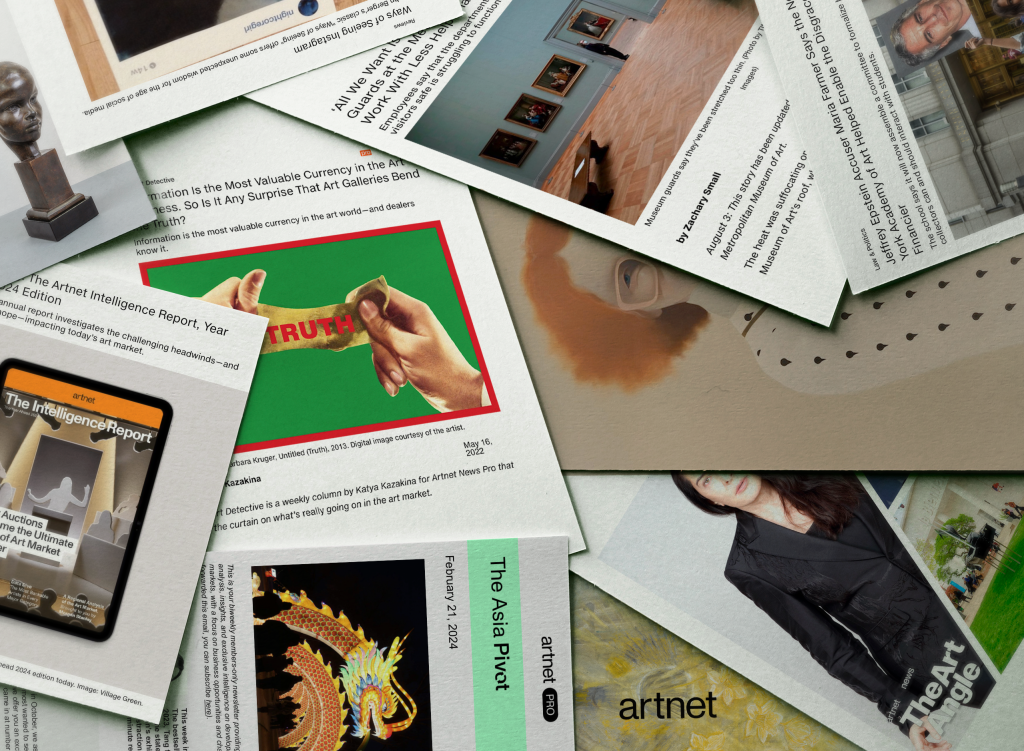
Ten years ago in February, Artnet News launched.
The initial pitch was to be “the only 24-hour global art market newswire.” The proposition was daring—was there really that much breaking art news to cover? But over the ensuing 10 years, it has proven its worth, becoming easily one of the most-read art publications in the world. Founded with a staff of eight editors and reporters, today Artnet News has grown to a team of 19, with offices in Berlin and London as well as New York. Since our inception, we have published a staggering 35,000 articles, which garnered more than 600 million unique pageviews.
Artnet News has left its mark on the culture of the last 10 years in countless ways.
View almost any documentary about art of the 2010s and 2020s, from American Greed to Driven to Abstraction to Sky Ladder, and Artnet’s reporting is likely to be cited or its reporters interviewed. In the 2019 Netflix film Velvet Buzzsaw, when Jake Gyllenhaal saunters into Art Basel Miami Beach and announces himself as the chief art critic for “Artweb”… well, we think we know what art website that’s referencing.
Artnet News has both covered the news and made the news.
Its expose of the conditions of security guards at the Metropolitan Museum eventually won them a raise. Reporting on the toxic workplace culture at mega-gallery Pace led to a restructuring of the business. Our report on Jared Kushner and Ivanka Trump’s art collection became part of the mainstream news cycle back in 2017. This year, our attention to the crumbling roof at the British Museum’s Greek and Roman galleries expedited some emergency repairs.
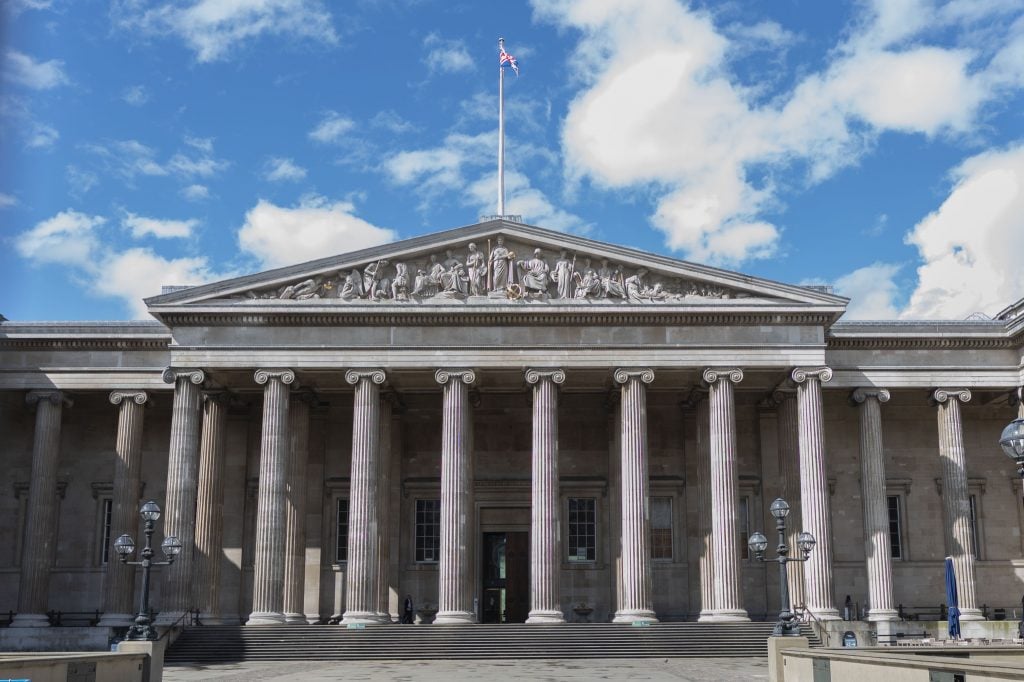
A view of the British Museum. Photo: Rasid Necati Aslim/Anadolu Agency via Getty Images.
In 2018, Rachel Corbett was the first to cover the sexual harassment allegations against Artforum publisher Knight Landesmann. She was early to report on the ties of Jeffrey Epstein to the National Academy of Art.
In 2019, Artnet turned 30, and Andrew Goldstein documented the trajectory of the company in an ultra-in-depth interview with founder Hans Neuendorf.
A tip led Eileen Kinsella to break the story of super-collector Ronald Perelman’s $410 million beef with his insurance company in 2022. Kinsella also had the first reported account of art-world scammer Inigo Philbrick’s life on the lam in the South Pacific.
We were paying attention to AI art long before it entered the mainstream. Naomi Rea’s 2018 report on a collector’s bet on the genre led to the first-ever sale of an AI-generated work at auction, breaking the artform into mainstream…for better or for worse.
Since 2018, Artnet’s Intelligence Report has become a signature product, offering deep dives into the major topics of the industry and winning awards for our reporters—Katya Kazakina’s cover story for the fall 2022 report “The Fight Against Flippers” won a National Arts and Entertainment Journalism Award from the Los Angeles Press Club in 2023.
We were proud to co-publish the Burns Halperin report, the brainchild of Artnet editor Julia Halperin and Charlotte Burns, which clarified how long museums still had to go in collecting the art of women and people of color—which continues to be cited and spur change.
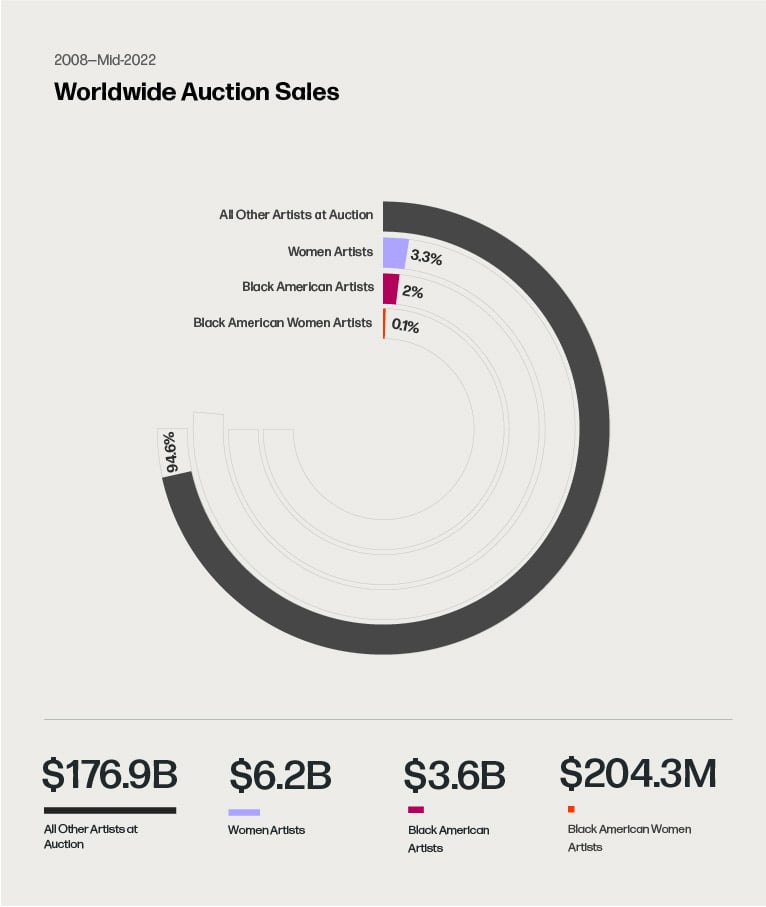
Graphic by Nehema Kariuki. Courtesy of the Burns Halperin Report 2022 and Artnet Analytics.
Another major development was the launch in May 2021 of Artnet Pro, our subscription service offering unique insights and actionable data that helps our members navigate the ever-changing art market with confidence. It features must-read coverage and award-winning columns, including Kazakina’s “The Art Detective” column about why art dealers bend the truth, which won the Newswomen’s Club of New York’s Front Page Award in 2022.
Launched in 2019, our signature Wet Paint gossip column has made news as the source of news about artist-on-artist theft, and brawling art dealers in Montauk. In 2019, long-time Artnet columnist Kenny Schachter was the first to break the location of the world’s most expensive painting, the supposed Leonardo, Salvator Mundi (it was aboard a yacht).
If you pick up the current bestseller on the New York art world, Get the Picture, you’ll even find a tale of how one collecting couple began their journey into art by searching the web and finding an article on Artnet about emerging artists worth watching.
Over the years, Artnet has also served as a trend spotter. The term “ultra-contemporary” art (for contemporary art by artists born after 1974) first appeared in our spring 2019 Artnet Intelligence Report. The site has offered new ways to look at and think about the art of the day, from Ben Davis’s coinage of the term “Big Fun Art” to describe the wave of immersive and Instagram-friendly art experiences of the late-2010s, to Kate Brown’s spotting the recent trend in painting towards knowing portraits of scenesters, which she dubbed “hypersentimentalism.”
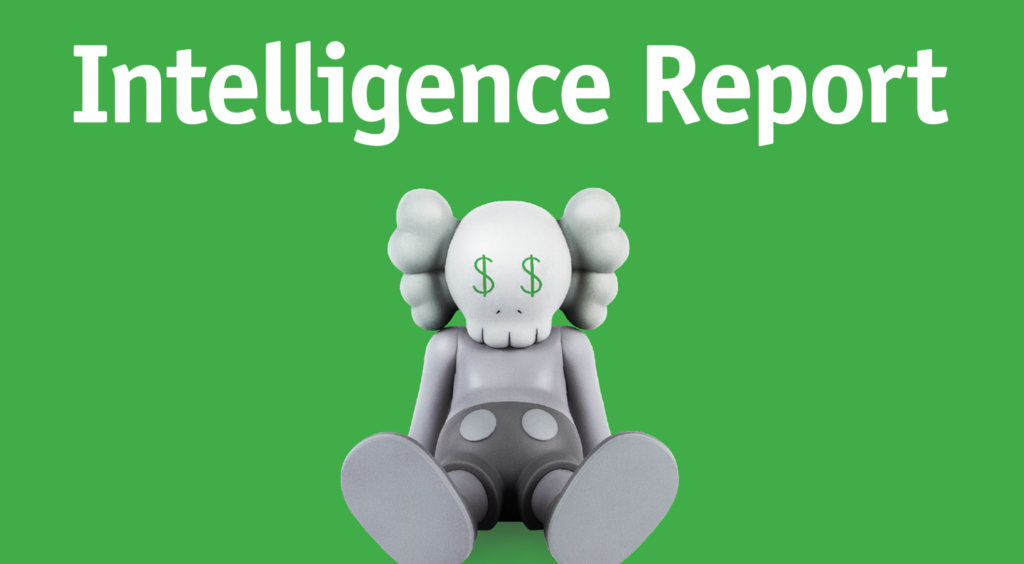
Meet the spring 2019 edition of artnet Intelligence.
Artnet even helped make a new color happen. “Your write-up actually… really went viral,” the chemist and inventor behind yinMN Blue told Artnet’s Sarah Cascone, who covered its invention. “The article inspired people a lot of people to write about it, and created a buzz in the art community.”
Readers know the site for its blend of high and low, mixing serious reporting and commentary with more quirky fare. Even the first year of its existence, 2014—the still-early days of Instagram—Ben Davis’s think piece on Instagram aesthetics made the New York magazine approval matrix (“highbrow brilliant”)—and somehow entered the gossip mags as part of a dispute between Entourage star Adrian Grenier and Kim Kardashian.
Henri Neuendorf’s round up of the theories about Banksy’s identities continues to make the rounds to this day. Another article we have a lot of personal affection for: Caroline Goldstein’s roundup of left-handed artists from art history—a task that involved watching literally hours of footage of artists painting. Not every publication has the resources to dedicate to tasks like that!

Picasso, using his right hand, to paint and draw. Photos courtesy of Getty Images.
Similarly light-hearted was our 2018 post poking fun at the tendency of photographers to awkwardly pose young women next to their art in PR photos. In its own modest way, this was impact journalism—the auction houses pledged to find more creative ways to show their wares.
In recent years, Artnet has focused more on art history. Katie White’s signature “3 Things” column on famous artworks—which started out with the pitch “things you couldn’t learn just by reading Wikipedia”—has become a tentpole for the site. Our favorite might be her essay on Artemisia Gentileschi’s Judith Beheading Holofernes (1614-18), where we learned the very unexpected influence of Galileo on the picture’s famous spurting blood.
Not to be left out is the launch recently of our Asia Pivot newsletter, with unique coverage from our reporters Vivienne Chow and Cathy Fan. Launched early in 2015, Artnet China also remains a big part of the magazine’s identity, and continues to be a source of unique perspective today.
Finally, any list of the proudest achievements of Artnet News would have to include the launch of the Art Angle podcast.
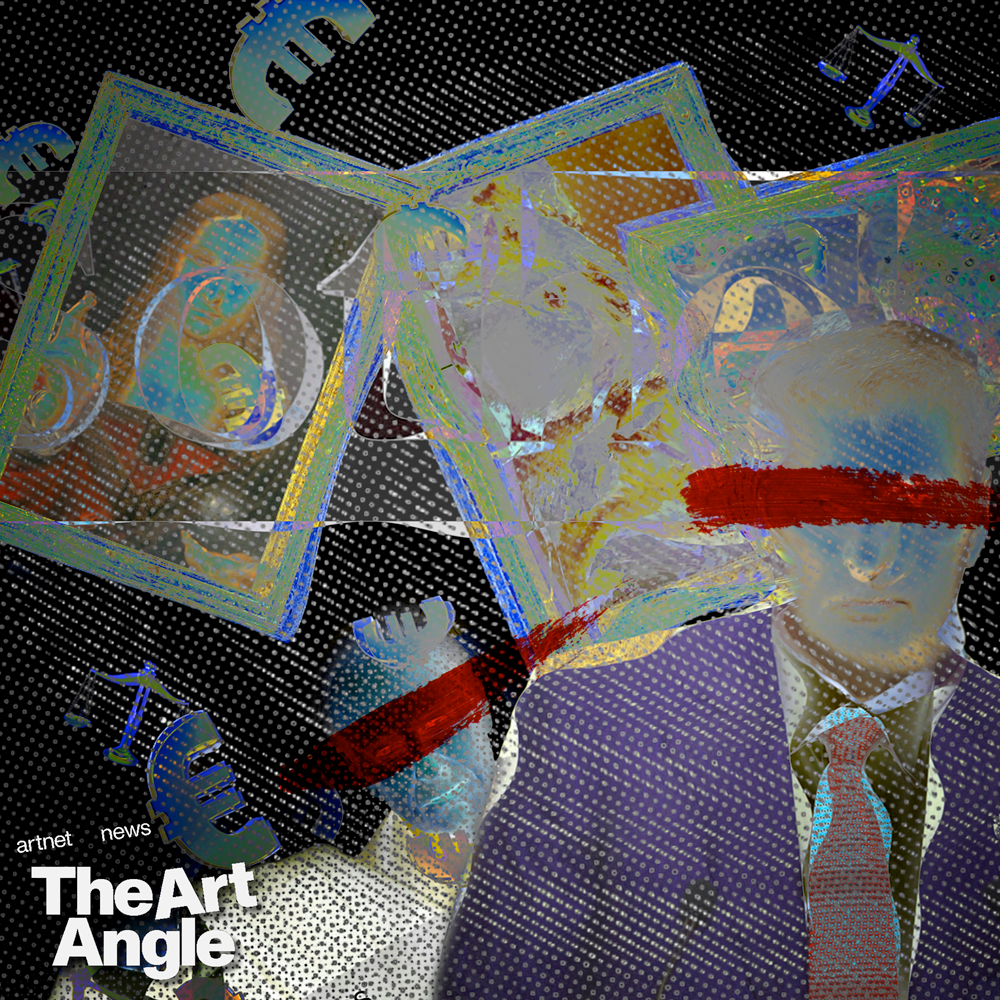
Digital collage by Elvin Tavarez.
Produced by Sonia Manalili and Caroline Goldstein, the Art Angle’s more than 239 episodes has brought the best of our art coverage to listeners, as well as featuring interviews with some of the biggest figures in art, including Marina Abramovic, Klaus Biesenbach, Shepard Fairey, Hal Foster, Jenny Holzer, Lucy Lippard, James Murdoch, Lorraine O’Grady, Ed Ruscha (with Jimmy Iovine), Ishmael Reed, Jerry Saltz, Peter Schjeldahl, Mark Spiegler—and many more.
Entering its second decade, Artnet News is still growing, and still finding ways to reach new audiences. Thanks to you, our loyal readers for joining us for the ride—there’s more to come.





